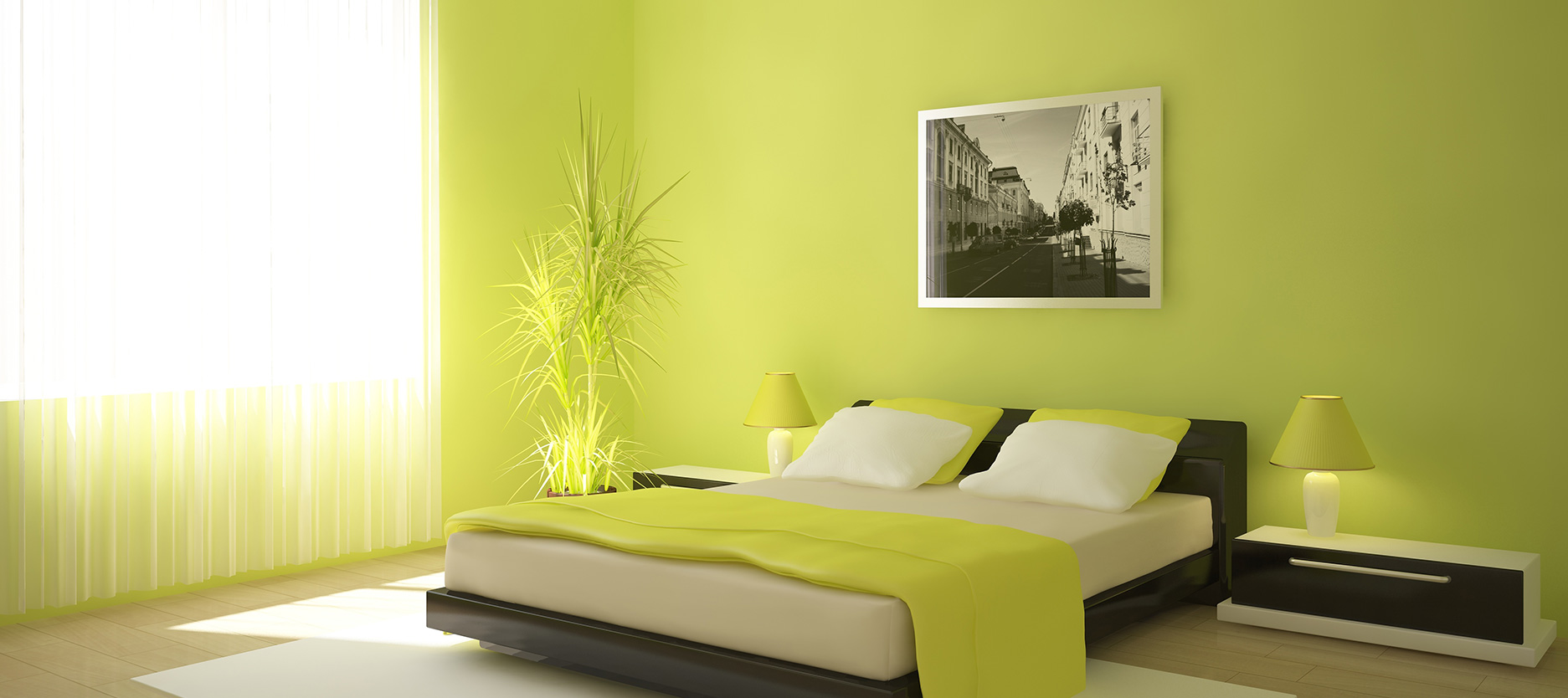
Distemper vs Emulsion Paint: Key Differences and Uses
Published: 15 Feb 2022 | Modified: 08 Sep 2025
Quick Summary
The choice between distemper paint and emulsion paint depends on longevity, pricing, and appearance. Distemper is budget-friendly and can be applied straight to cement walls. But it is less durable. Emulsion paints provide a more glossy and durable finish. But they should have a primer base.

Create Your Dream Home With Our Painting Experts
Fill the form below to book a free site evaluation by Nerolac Nxtgen painting Services expert
Key Takeaways
- Distemper is affordable and easy to apply directly on cement.
- Emulsion paints need primer, but last longer and look refined.
- Silk emulsion gives high durability with a glossy finish.
- The matte variant creates a smooth and non-reflective surface.
- Satin emulsion offers a soft finish with lasting quality.
- Acrylic distemper dries quickly and comes in many shades.
- Synthetic distemper is thick, water-resistant, and easy to clean.
- Emulsion is ideal for longevity. Distemper suits short-term use.
Nerolac Paints, a leading paint company in India offers a wide range of wall paint colours & painting services & solutions for homes & offices.
-

Best Colour Combination For Walls To Elevate Your Home Interiors Best Colour Combination For Walls To Elevate Your Home Interiors
Intoduction:In 2025, harmonious colour schemes for individuality and…
-

Best Green Colour Combinations for Walls – Schemes & Design Ideas Best Green Colour Combinations for Walls – Schemes & Design Ideas
Introduction:Green has long been a favourite choice in home decor…
-

What Colours Match with Blue? 14 Colour Combinations with Blue for Your Home What Colours Match with Blue? 14 Colour Combinations with Blue for Your Home
Blue is a universally popular colour for décor and design; choosing a colour…
-
Recent Blogs
- Vibrant Diwali Decoration Ideas for Living Room, Pooja Room & Balcony
- Diwali Wall Painting Ideas – Easy Art & Colour Designs
- Festive Home Paint Colours: Transforming Your Walls and Décor
- Vibrant Diwali Paint Designs - Transform Your Home This Festival Season
- Creative Diwali Decoration Ideas for Indoors and Outdoors
-
Get in Touch
Looking for something else? Drop your query and we will contact you.
FAQs
Can emulsion paint be used as a primer?
Can I paint a new emulsion over the old emulsion?
Can I use emulsion paint on MDF?
How does distemper paint look?
How many coats of emulsion paint shall I apply?
How can I use distemper paint at home?
Should I use a primer before painting with a distemper colour?
Where can I use distemper?
Is there any difference between distemper and paint?
What is distemper used for?
Can I paint emulsion over distemper paint?
How to use distemper?
-
What Are Anti-Fungal and Anti-Bacterial Paints? Benefits & Uses Previous Blog What Are Anti-Fungal and Anti-Bacterial Paints? Benefits & Uses -

Applying Enamel Paint: Tips, Color Options, and Pricing for Walls and Metals Next Blog Applying Enamel Paint: Tips, Color Options, and Pricing for Walls and Metals
Get in Touch
Looking for something else? Drop your query and we will contact you.
Popular Post
Popular Searches
-

Get in Touch Get in Touch -

Store Locator Store Locator -

Download App Download App
Get in Touch
Looking for something else? Drop your query and we will contact you.








